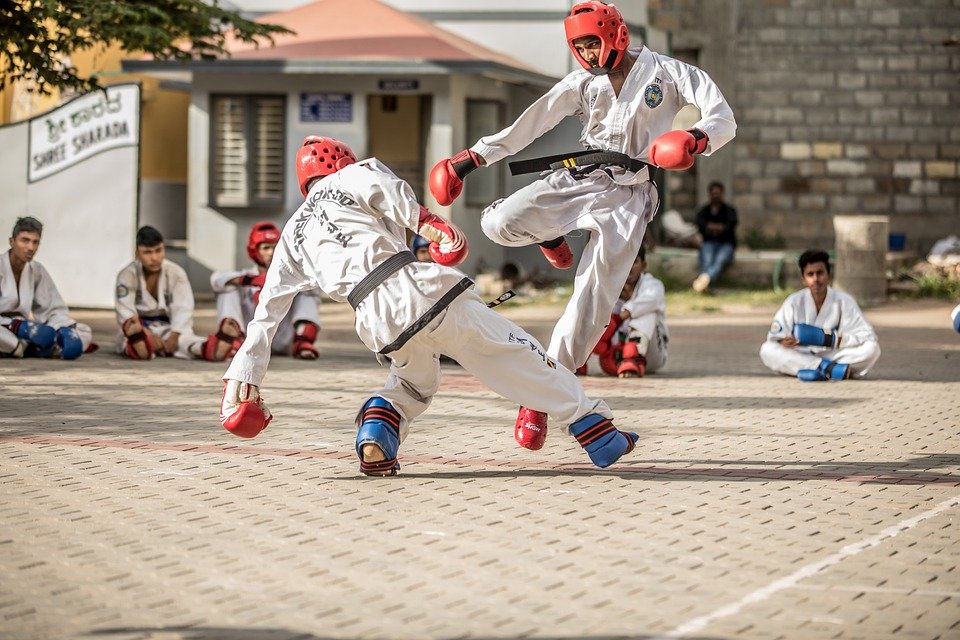ONE Championship vs. UFC: The Battle for MMA Supremacy
In the world of mixed martial arts (MMA), two organizations have etched their names in history as titans of the sport: ONE Championship and the Ultimate Fighting Championship (UFC). Both promotions boast incredible talent, high-stakes bouts, and a global following, but they operate under vastly different philosophies and structures. Their battle for supremacy not only shapes the landscape of MMA but also dictates the future of combat sports worldwide.
The Rise of ONE Championship
Founded in 2011 in Singapore, ONE Championship has rapidly ascended the ranks of MMA promotions, aiming to unify the martial arts world under its banner. With its mission to "ignite the world of martial arts," ONE has expanded the definition of what it means to be a martial artist by incorporating diverse disciplines such as Muay Thai, karate, boxing, and traditional Chinese martial arts. The promotion’s unique approach is reflected in its tagline, "More Than Just MMA," highlighting its commitment to showcasing various fighting styles and cultural heritage.
ONE Championship has become a leading force in Asia, where it has consistently sold out arenas and captured the attention of fans across the continent. Its emphasis on the athletes’ stories and personalities has built a more emotive connection with its audience. The promotion has also focused on health and wellness, championing athlete safety and mental health initiatives, drawing a stark contrast with the UFC’s approach toward fighter management.
The Dominance of the UFC
Founded in 1993, the UFC has long been the gold standard of MMA, wielding a greater influence and reach in the sport. Over the decades, the UFC has garnered an extensive roster of elite fighters, expanded its reach to a mainstream audience, and solidified its position as the premier showcase for MMA talent. From the iconic Octagon to blockbuster events such as UFC 200 and Conor McGregor’s historic bouts, the UFC’s marketing and ability to create stars have fueled its success.
Under the leadership of Dana White and a series of strategic partnerships, the UFC has negotiated lucrative television deals, generating massive revenues that have reinforced its dominance. Its success is marked by high-stakes pay-per-view events, which have become cultural phenomena. The promotion’s clear hierarchy, with championships and rankings, provides a structured path for fighters to ascend and gain recognition.
Comparing the Business Models
One of the most significant differences between ONE Championship and UFC lies in their business models. The UFC operates primarily on a pay-per-view basis, driving revenues from individual events. This can lead to fluctuations in income, depending on the draw of the card. In contrast, ONE Championship has diversified its revenue streams through Singapore’s support and various international partnerships, including broadcasting deals across Asia and the investment in live event experiences.
Additionally, ONE Championship has centered its promotion around a more entertainment-based approach, with family-friendly events and an emphasis on the cultural aspects of martial arts. This has allowed it to create a more substantial fan experience that extends beyond just the bouts themselves.
The Fighters’ Perspective
For fighters, both organizations offer unique benefits and challenges. UFC fighters enjoy exposure in a more established market with greater earning potential through sponsorships, performance bonuses, and pay-per-view shares. However, fighters often criticize the UFC for its fighter contracts, which can lack flexibility and negotiation power.
ONE Championship, on the other hand, tends to treat its fighters with more respect regarding contract negotiations and is vocal about promoting their well-being. Athletes in ONE often praise the promotion for its more humane approach to contracts, allowing for opportunities that are less available in the UFC.
The Global Expansion Frontier
As the MMA landscape continues to evolve, both organizations are making strides in reaching new markets. The UFC has made significant inroads into Europe and Brazil, while ONE Championship is capitalizing on the growing popularity of MMA in Asia, launching new events across the continent.
The future of MMA supremacy remains uncertain. With the continued growth of ONE Championship, particularly in Southeast Asia, the competition between it and the UFC highlights a broader trend in the global expansion of martial arts. Both organizations are empowered to innovate, thereby enhancing the sport and catering to diverse audiences worldwide.
Conclusion
The battle for MMA supremacy between ONE Championship and UFC is a dynamic and evolving narrative that reflects the sport’s growth and cultural significance. As they push each other to improve, fans can expect thrilling matchups, inspiring stories, and an overall enrichment of MMA. Ultimately, the victory may rest not with one organization but with the sport itself as it continues to capture the imaginations of millions around the globe. Whether it’s ONE Championship’s cultural embrace or the UFC’s marketing prowess, each promotion holds a vital role in shaping the future of mixed martial arts.






